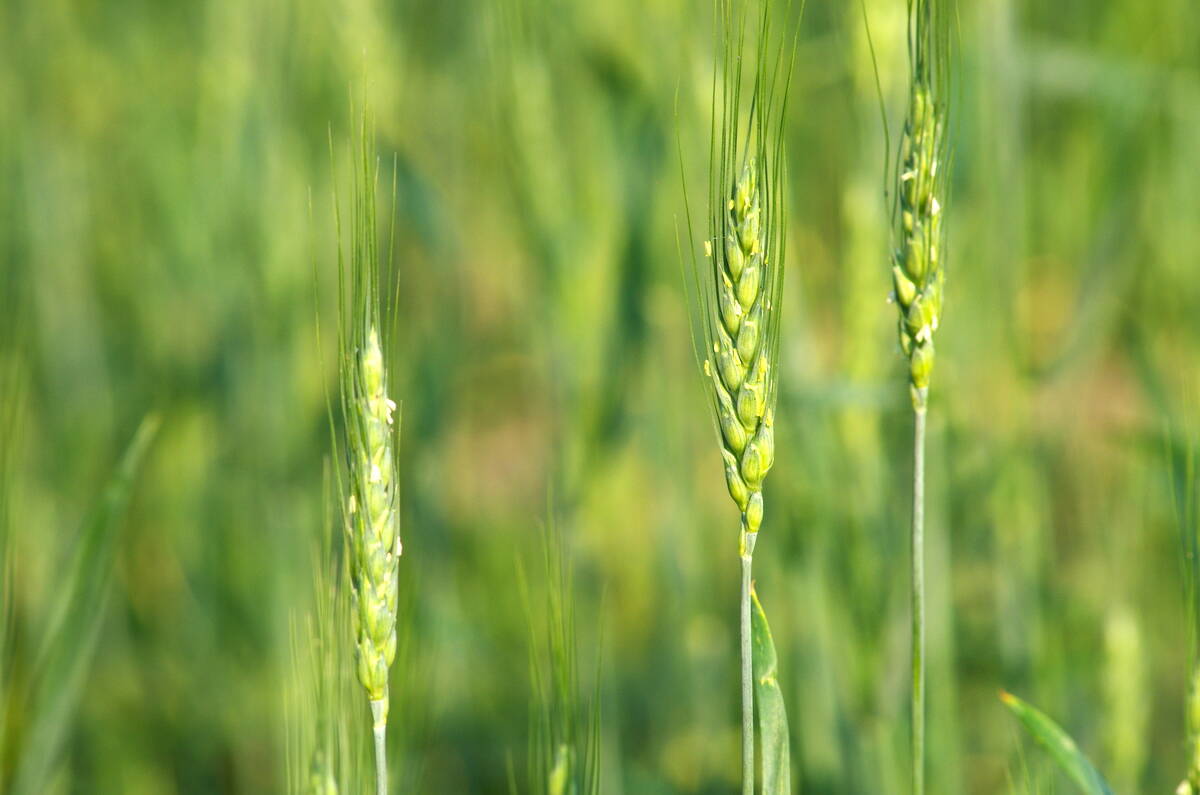CNS Canada — China is making major moves to import more Canadian wheat and barley this year.
Data released by the Canadian Grain Commission show China more than tripled its wheat imports, taking in 979,100 tonnes as of May, up from 295,300 tonnes in the same period of 2016-17 and an increase of 231.6 per cent.
Cam Dahl, president of Cereals Canada, said it’s probably not a coincidence that the information from the U.S. is that China has not been buying wheat from there since March.
Read Also

California researchers create nitrogen-fixing wheat
U.S. crop breeders have created a wheat variety capable of creating its own nitrogen fertilizer.
Tariffs don’t necessarily have to be in place for governments to act, he said, and it’s possible that importers in China have received direction to look outside the U.S. for purchases this year, given the trade skirmishes between the two countries.
Dahl credited some of the increase in wheat exports to the high-quality crop, but some is due to politics, he said.
Meanwhile, Bangladesh imported 1.028 million tonnes of wheat, an increase of 49.8 per cent from the 685,800 tonnes it took in 2016-17.
Top buyer Japan imported 1.328 million tonnes of wheat so far this crop year, compared to 1.307 million in the same period in 2016-17.
Wheat exports to all destinations are up 14.6 per cent overall year over year, at 13.616 million tonnes, compared to 11.881 million tonnes at the end of May in the 2016-17 crop year.
“At this point, I wouldn’t want to make long-term trend predictions just based on this year and given the political uncertainty that is without question influencing trade flows,” Dahl said.
The exception to that rule is in Latin America. Colombia has upped its wheat imports, taking 1.009 million tonnes of wheat, compared to 881,100 tonnes the year previous, an increase of 14.5 per cent.
Dahl attributed that to strong marketing efforts being carried out throughout the region and he sees sustained export growth possible for all of Central and South America.
In barley, exports to all destinations are at 1.731 million tonnes as of the end of May for the 2017-18 crop year. That compares to 1.026 million tonnes for the same period a year ago, an increase of 69.26 per cent.
China and Japan are behind most of the increase, with China increasing its barley imports by 99 per cent year over year, taking 1.573 million tonnes, compared to 790,300 tonnes as of May in the 2016-17 crop year.
In same period, Japan imported 101,500 tonnes compared to 44,600 tonnes in the year previous, which marks an increase of 127.6 per cent.
Canola exports are down slightly overall at 8.754 million tonnes for 2017-18 compared to 9.369 million tonnes as of May 2016-17.
China is importing the largest share of that, with 3.634 million tonnes compared to 3.354 million tonnes in 2016-17. During the same period, Japan imported 1.845 million tonnes, compared to 1.861 million in the same period the previous year.
Soybeans are showing a slight decline in imports year over year, with 3.415 million tonnes as of May this crop year, down from 3.632 million tonnes in 2016-17. China’s imports have declined to 1.354 million tonnes from 1.852 million in 2016-17.
Pea exports are well down, which is expected because of Indian tariffs. Overall pea exports are down 45.6 per cent at 1.755 million tonnes as of May, compared to 3.227 million tonnes in the same period of 2016-17.
India’s pea imports have fallen 83.1 per cent, to 325,700 tonnes compared to 1.927 million the year previous.
— Terry Fries writes for Commodity News Service Canada, a Glacier FarmMedia company specializing in grain and commodity market reporting.














